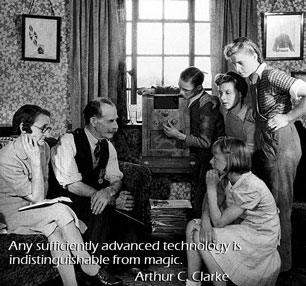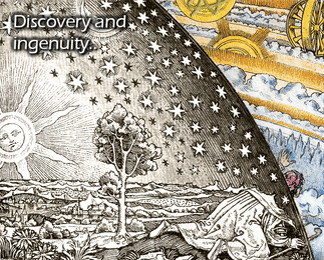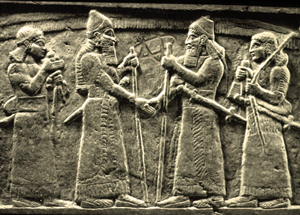
Nothing will end war unless the people themselves refuse to go to war. - Albert Einstein
Be the change that you want to see in the world. - Mohandas Gandhi
Wars are poor chisels for carving out peaceful tomorrows. - Martin Luther King, Jr.

Beginner's Guide to Peace - Surveying the Landscape
“Exploring the unknown requires tolerating uncertainty.” - Brian Greene
Discovering the Wealth Around Us

One obvious benefit of property is
Before continuing further we should first consider what is meant by the term “resource”. Generally speaking, a resource is anything that one or more people consider to be useful, or of “value”. Surprisingly, what is considered useful can be very dependent on time and space. Consider water, for example. For a farmer growing wheat, rain early in the growing season is desirable, while too much rain near harvest can be detrimental. Likewise, petroleum is generally considered a valuable commodity but for those drilling for water it can be a nuisance. Similarly, while natural gas is useful for cooking and heating homes, at many oil extraction sites across the globe this potentially explosive gas is burned off rather than collected.
From Terra Incognita to Treasured Resource

From radium to radio waves, even the most cursory review of the history of science and technology illustrates that, for all but a very few materials, the value of a resource is largely dependent on
Who's on First?

Since most resources are immobile and bound to the land, we will focus on the concept of land ownership while noting that other seemingly ephemeral resources, such as waterways and radio frequencies, could also be claimed as property by enterprising individuals and groups.
To begin we should note that, in the original state of nature, the default condition of ownership for any piece of land must be that of non-ownership. To discuss ownership of any territory before the arrival of humans is meaningless. It is like discussing the ownership of a distant planet. Thus it is the initial habitation of a previously unoccupied territory that provides the starting point for determining the rules for treating that land, and the potential resources within, as property.
Divided Land, United Desire for Peace
When humans were operating at the stage of hunter-gathers, the need for a precise demarcation of land as property was limited as well as impractical to enforce. Inhabited land was generally hunted and used in common by all members of the occupying group.

Additionally, it was not so much that the land itself was of value but rather the animals and plants that arose naturally from it. If there was any notion of ownership of the land at all, it was only when populations had expanded to the point where neighboring groups began frequenting the same territory. At this juncture, with the availability of game under pressure and the potential for conflicts between armed and skilled hunters to turn lethal, some clans and tribes
----------------------------------------------------
Essentials
- Many so called “raw materials” do not necessarily have an intrinsic value. It is only through the application of human labor and ingenuity that they become useful, or “of value”.
- Non-ownership is the logical default condition of any unused land or resource. “First use” is one rational method for assigning ownership rights.
__________________________________
Picture Credits
^ Family Radio: The Cooper family listen to the radio during World War II. Image from the National Archives of the United Kingdom. Used under the Open Government License for public sector information, U.K. ^ Terra Incognita: The Flammarion engraving. Original image created by Camille Flammarion, 1888. Public domain image downloaded from Wikimedia Commons. ^ Who is out there?: Cassini antenna. Public domain image downloaded from Wikimedia Commons. ^ United Desire for Peace: A public display of Assyro-Babylonian friendship. Baghdad, Iraq Museum, 850 BC.